Analyze the employability of our young graduates in order to adapt our training to the job market.
The integration observatory collects and analyzes the figures for the professional integration of our young graduates.
By means of an annual survey, it measures, for each training course, the main indicators related to employability: net employment rate, remuneration, share of permanent contracts, average time spent looking for the first job, functions and sectors of activity...
These statistics enable us to analyse in detail the professional opportunities of our young graduates and to identify the major trends in the labour market in the target sectors of activity. All of this valuable information is used to constantly adapt the content of training courses to the expectations of companies.
Professional integration of our young graduates - CGE 2021 survey
Engineer in Agronomy and Agro-industries - Beauvais campus
Net employment rate
The net employment rate corresponds to the proportion of the working population in active employment as a proportion of the working population. It includes young graduates who are volunteering but excludes those who are continuing their studies or completing a thesis.
On leaving school
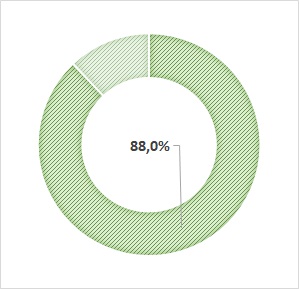
After 1 year
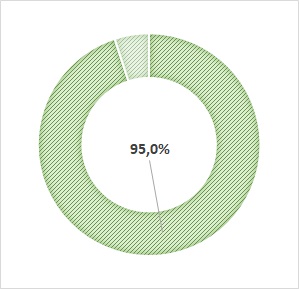
After 2 years
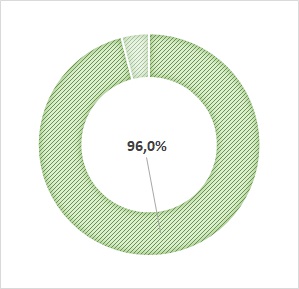
Open-ended contracts
On leaving school
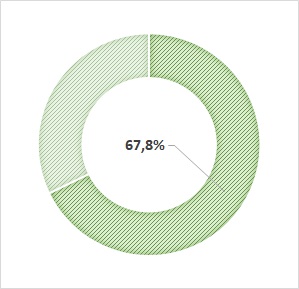
After 1 year
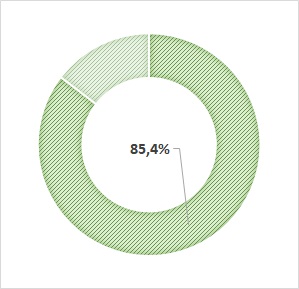
After 2 years
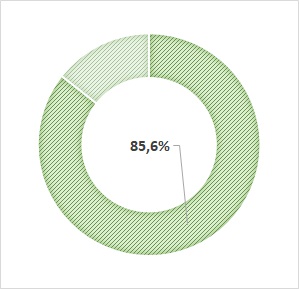
Share of employment contracts with executive status
On leaving school
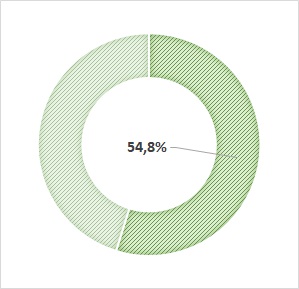
After 1 year
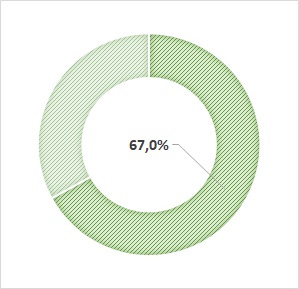
After 2 years
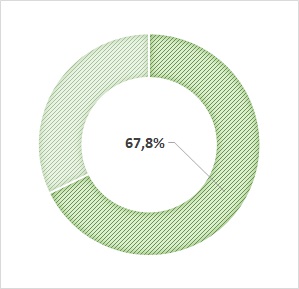
Engineer in Agronomy and Agro-industries - Rouen campus
Net employment rate
The net employment rate corresponds to the proportion of the working population in active employment as a proportion of the working population. It includes young graduates who are volunteering but excludes those who are continuing their studies or completing a thesis.
On leaving school
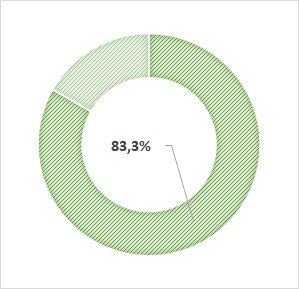
After 1 year
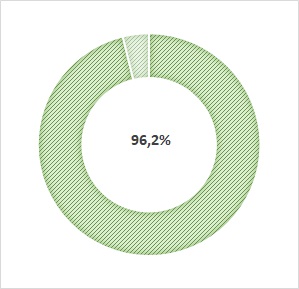
After 2 years
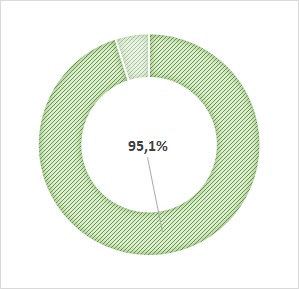
Open-ended contracts
On leaving school
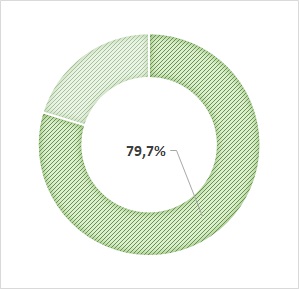
After 1 year
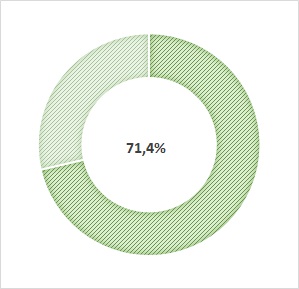
After 2 years
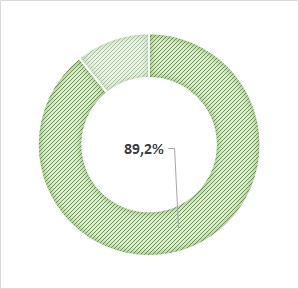
Share of employment contracts under executives status
On leaving school
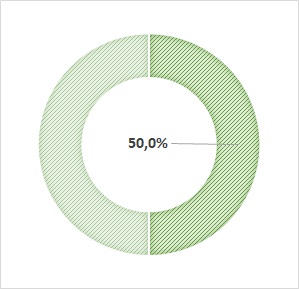
After 1 year
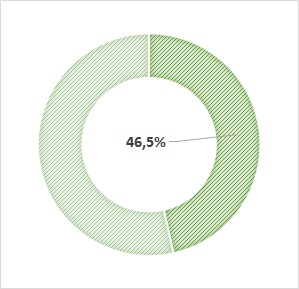
After 2 years
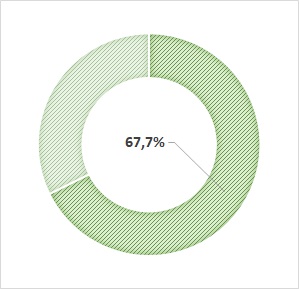
Food and Health Engineer
Net employment rate
The net employment rate corresponds to the proportion of the working population in active employment as a proportion of the working population. It includes young graduates who are volunteering but excludes those who are continuing their studies or completing a thesis.
On leaving school
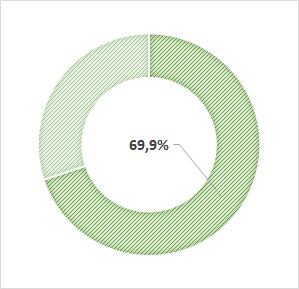
After 1 year
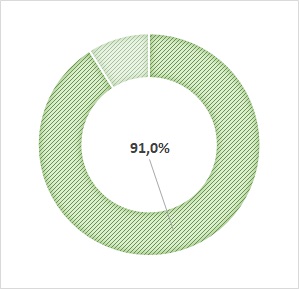
After 2 years

Open-ended contracts
On leaving school
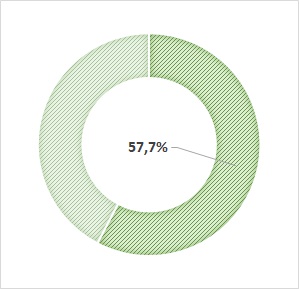
After 1 year
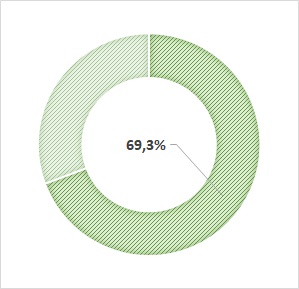
After 2 years
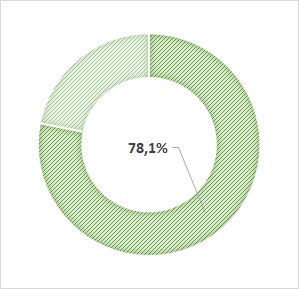
Share of employment contracts under executive status
On leaving school
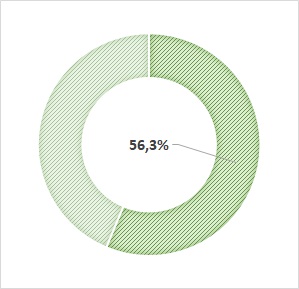
After 1 year
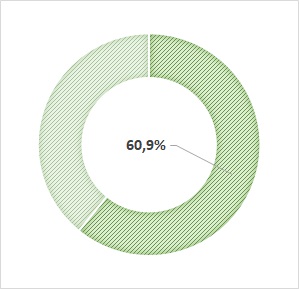
After 2 years
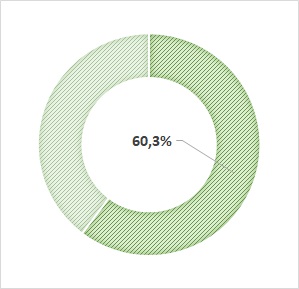
Environmental Engineering Engineer
Net employment rate
The net employment rate corresponds to the proportion of the working population in active employment as a proportion of the working population. It includes young graduates who are volunteering but excludes those who are continuing their studies or completing a thesis.
On leaving school
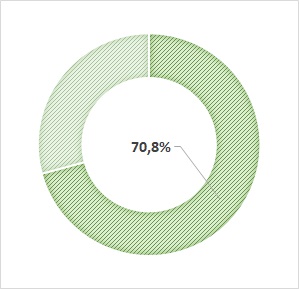
After 1 year
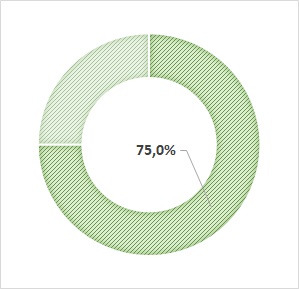
After 2 years
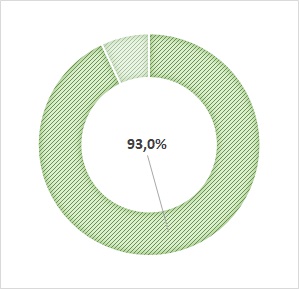
Open-ended contracts
On leaving school
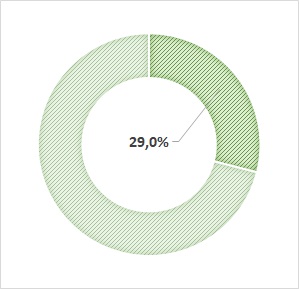
After 1 year
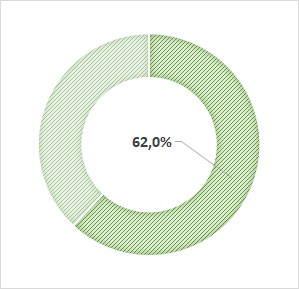
After 2 years
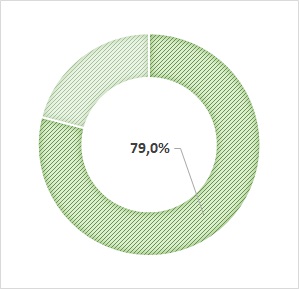
Share of employment contracts under executive status
On leaving school

After 1 year
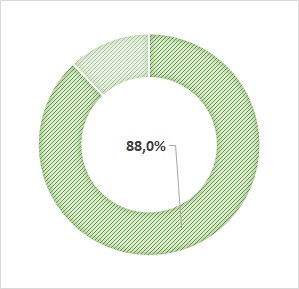
After 2 years

Engineer in Geosciences and Environment
Net employment rate
The net employment rate corresponds to the proportion of the working population in active employment as a proportion of the working population. It includes young graduates who are volunteering but excludes those who are continuing their studies or completing a thesis.
On leaving school
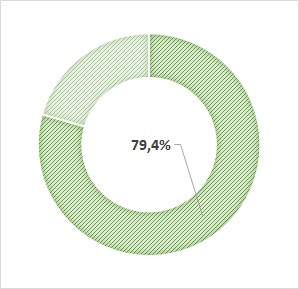
After 1 year
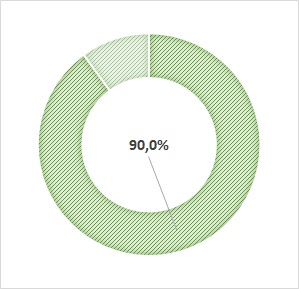
After 2 years
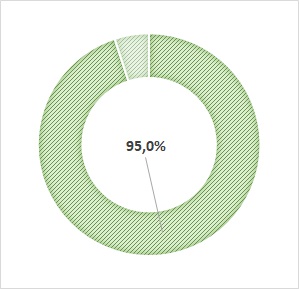
Open-ended contracts
On leaving school
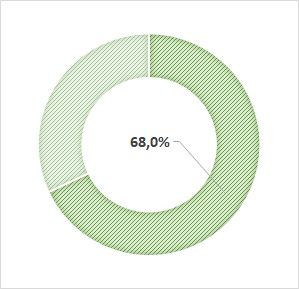
After 1 year
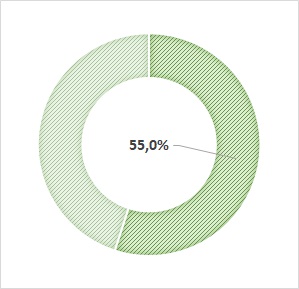
After 2 years
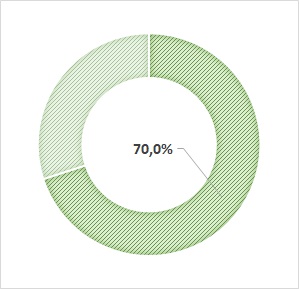
Share of employment contracts under executive status
On leaving school
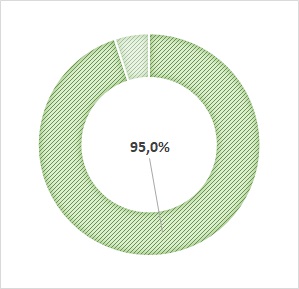
After 1 year
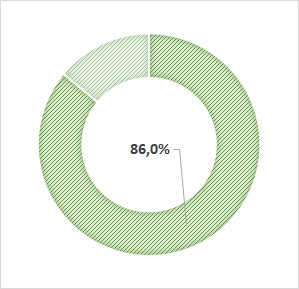
After 2 years
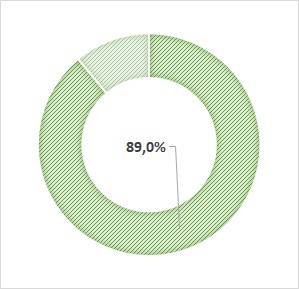
Energy and Digital Engineer
The net employment rate
The net employment rate is the proportion of the working population that is employed. It includes young graduates in voluntary service but excludes those who are still studying or doing a thesis.
On leaving school
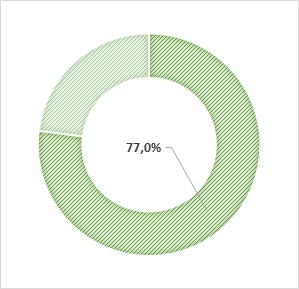
After 1 year
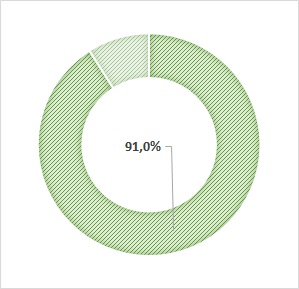
After 2 years
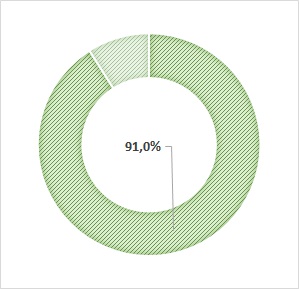
Open-endeds contracts
On leaving school
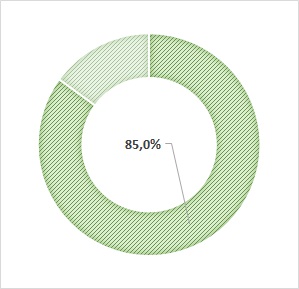
After 1 year
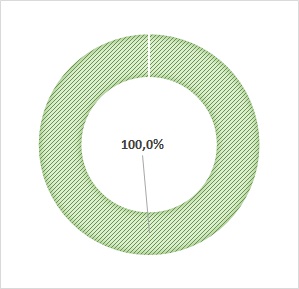
After 2 years
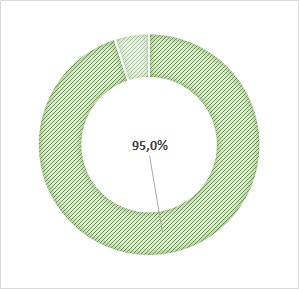
Share of employment contracts under executive status
On leaving school
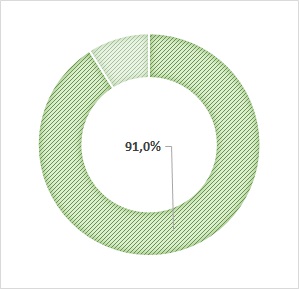
After 1 year
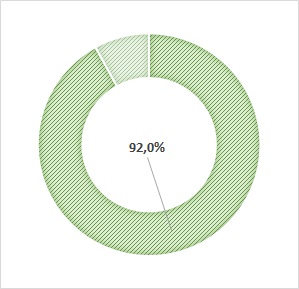
After 2 years
